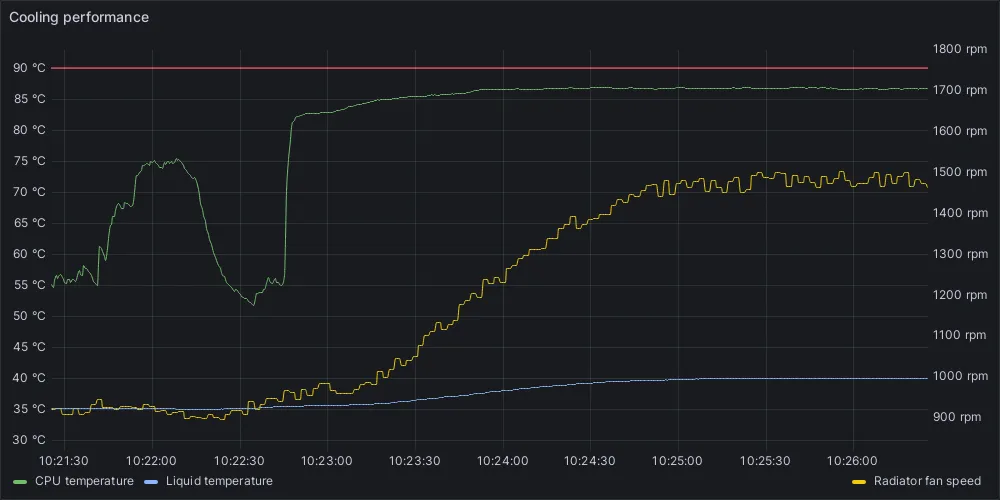The need for this software arose from the increased thermal output of Bryant's upgraded Ryzen 9 5950X processor, which placed additional demands on the NZXT Kraken X53 240mm AIO liquid cooler. The higher number of CPU cores effectively doubled the thermal load, necessitating the cooler to run at increased speeds and produce more noise. Additionally, the variable thermal output of the Zen 3 architecture contributed to erratic fan behavior.
To overcome these challenges, Bryant set out to develop a dedicated cooling solution that would offer more precise control over the cooler's fan and pump speeds, eliminating the limitations of existing fan control software. His Python application provides real-time monitoring of CPU, case, and liquid temperatures, enabling dynamic adjustments to optimize cooling efficiency.
Utilizing Liquidctl and Linux's lm-sensors, the application operates as a background system service, starting automatically with the operating system. It adjusts the pump speed in response to CPU temperature and controls radiator fan speeds based on coolant temperature, diverging from standard configurations. This method reduces fan speed fluctuations and tailors cooler performance to the specific thermal demands of the system, enhancing heat dissipation and ensuring efficient cooler operation.
Bryant has made his application available for free, with the understanding that users may need to modify the code to fit their specific hardware configurations.
Source: tomshardware, Bryant's full article


